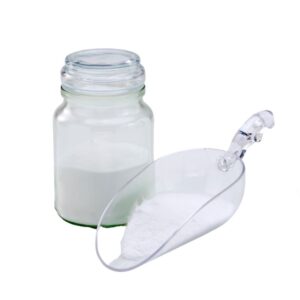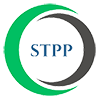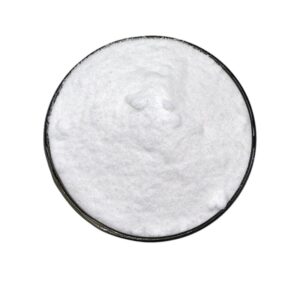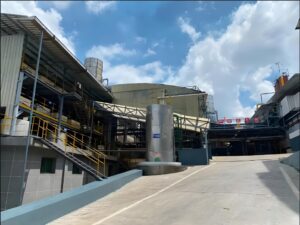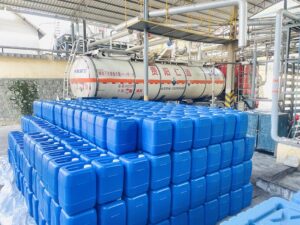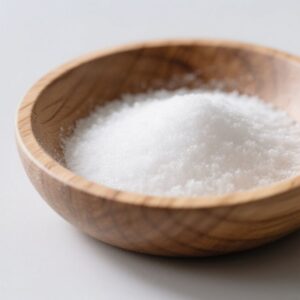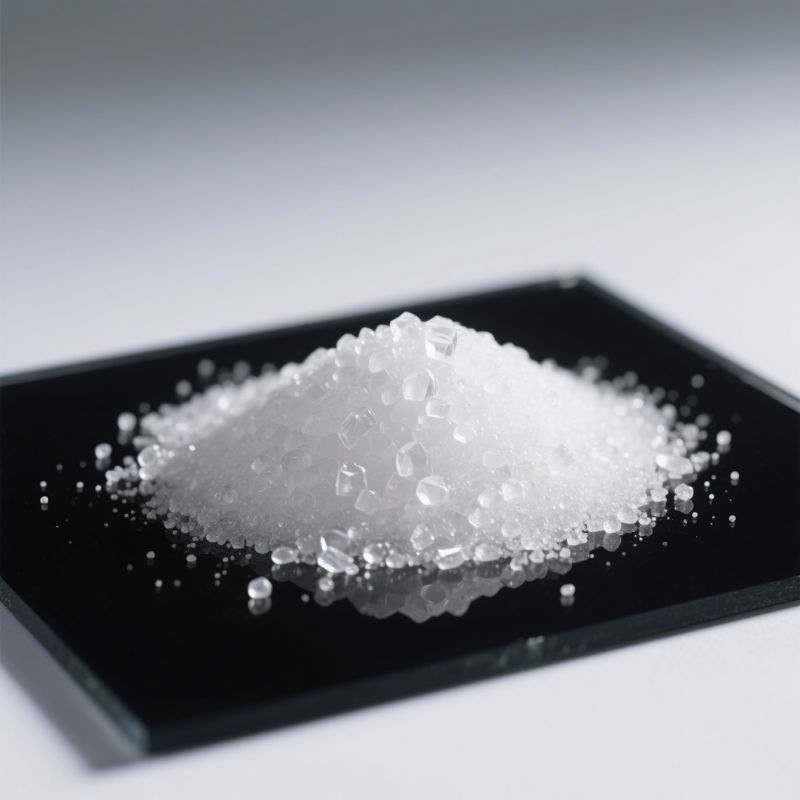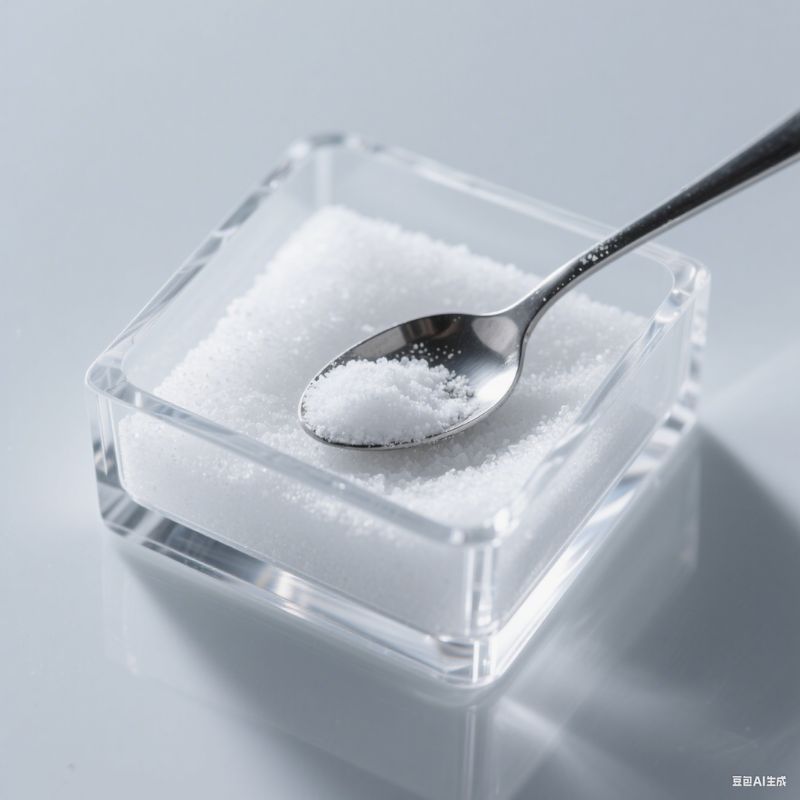Corporate response strategies:
Short-term: Use “STPP+zeolite” compound (ratio 3:7), phosphorus content reduced by 40% and cost increase ≤15%.
Long-term: Invest in modified STPP research and development (such as nano-coating technology) to improve environmental compatibility.
IV. the entire chain of compliant production: a practical guide from testing to formulation
1. Accurate testing: guarding the first line of defense for compliance
Spectrophotometry (GB 11893-89): suitable for routine testing, with an error rate of ≤3%.
ICP-MS method: the detection limit is as low as 0.01mg/L, meeting EU export requirements.
2. Formula optimization: the secret to balancing performance and cost
Efficiency enhancement technology: adding polycarboxylates (such as acrylic acid-maleic acid copolymers) to compensate for the dispersion ability of STPP after the reduction.
Synergistic solution: STPP is compounded with sodium silicate to increase the decontamination index by 15%-20%.
3. Supply chain upgrade
Purchase low-phosphorus STPP (P₂O₅≤45%), sign environmental compliance agreements with suppliers and avoid raw material risks.
V. Technological breakthrough: R&D breakthrough of environmentally friendly STPP
1. Biodegradable STPP: from laboratory to industrialization
Enzymatic hydrolysis process: using lipase for directional decomposition, the 28-day biodegradation rate increased from 35% to 72%.
Case: The “STPP-cellulose complex” developed by a European company in cooperation with the Technical University of Munich shortens the degradation cycle to 15 days.
2. Modified STPP technology
Coated STPP: A silica coating reduces the phosphorus release rate, and the phosphorus concentration in wastewater decreases by 50%.
Ion exchange STPP: Potassium ions replace sodium ions, improving environmental friendliness while maintaining pH stability.
3. Commercialization of phosphorus recovery system
The STPP wastewater recovery pilot line of BASF in Germany has a phosphorus recovery rate of over 85%, and the cost is 30% lower than that of mineral extraction.
VI. Conclusion: Strategic choice in green transformation
Phosphorus restriction regulations are both a challenge and an opportunity for industry reshuffle. Enterprises need to adopt a three-level strategy:
Compliance foundation: meet current regulations through precise testing and formula adjustment;
Technology breakthrough: deploy biodegradable STPP and recycling technology to seize the green market;
Global collaboration: formulate differentiated solutions for different markets (such as promoting compounding technology to enter Brazil and focusing on modified STPP to break through the EU).
(Data sources for this article are the EU Gazette, China’s Ministry of Ecology and Environment, and Grand View Research, and the cases have been desensitized.)
